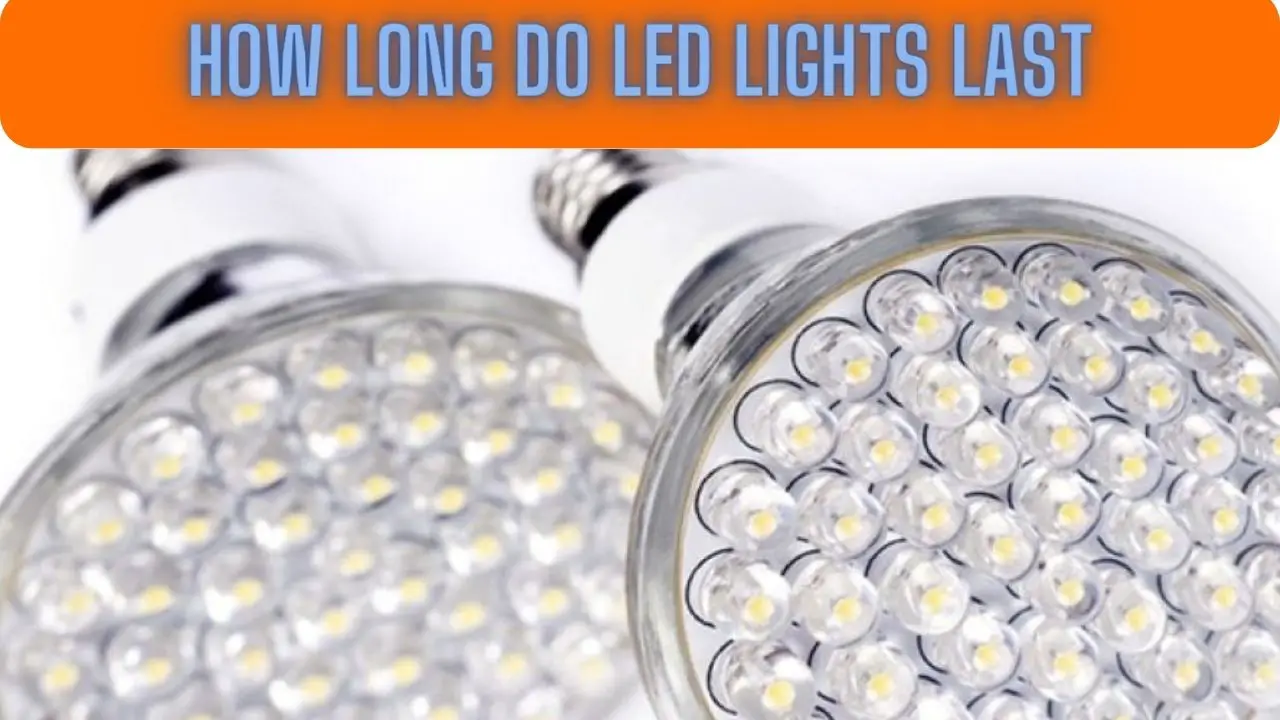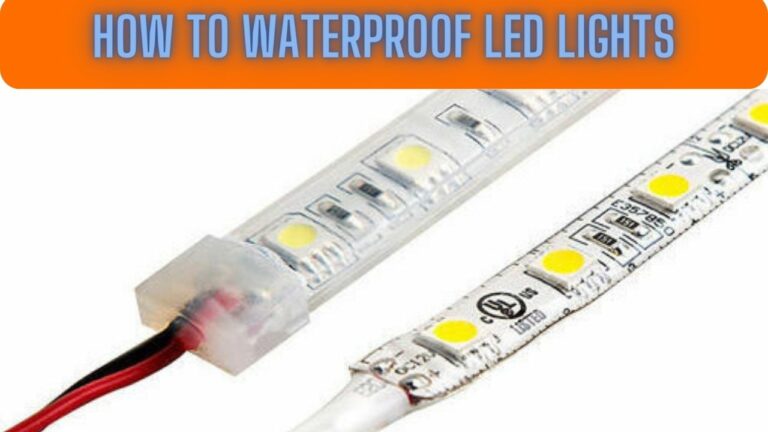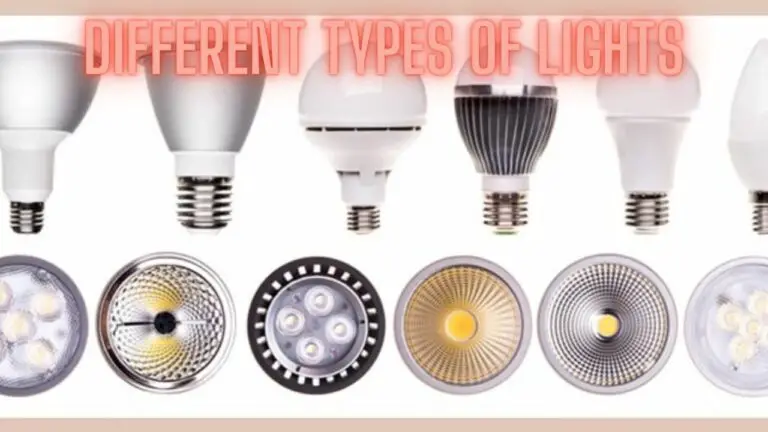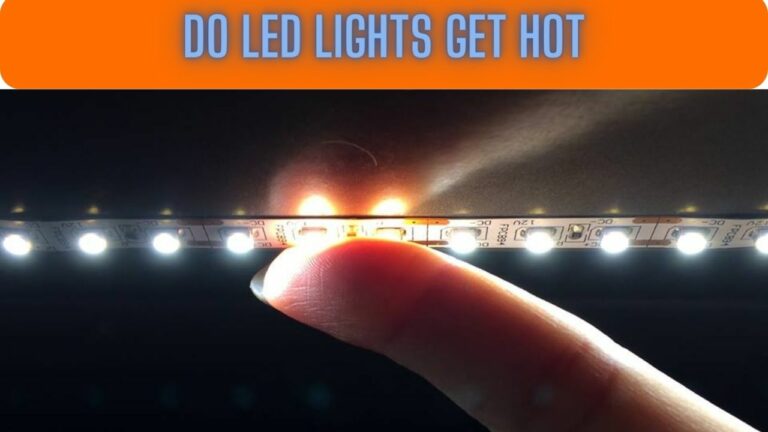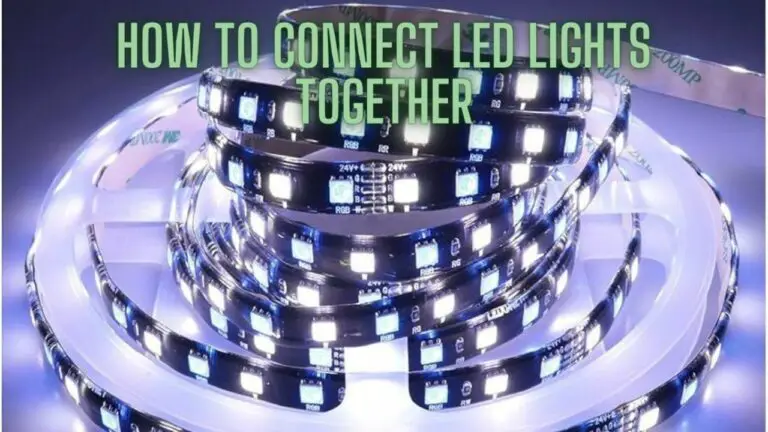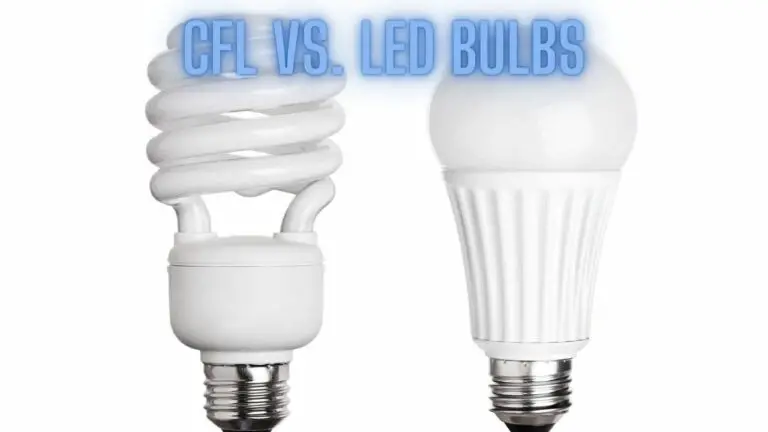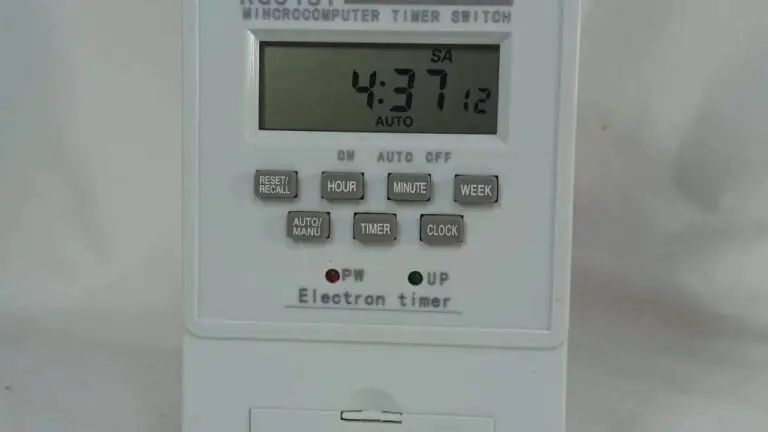How Long Do LED Lights Last? Unveiling the Illumination Odyssey
Introduction:
In the ever-evolving world of lighting technology, Light Emitting Diodes (LEDs) have emerged as the frontrunners, revolutionizing the way we illuminate our surroundings. One of the key factors that contribute to their widespread adoption is their impressive lifespan. In this comprehensive article, we delve into the intricate details of LED longevity, exploring the science behind their durability, factors influencing their lifespan, and how these luminous wonders have transformed the lighting landscape.
1. The Science Behind LED Lifespan:
Understanding the longevity of LED lights requires a glimpse into the science that powers them. Unlike traditional incandescent bulbs, which produce light through heating a filament until it glows, LEDs generate light by passing a current through a semiconductor material. This process, known as electroluminescence, is inherently more efficient and generates significantly less heat, laying the foundation for an extended lifespan.
2. The Myth of Burnout:
Unlike conventional bulbs that have a well-defined burnout point, where the filament fails, LEDs exhibit a different behavior. Instead of burning out abruptly, they undergo a gradual decline in brightness over time. This gradual degradation is often imperceptible to the human eye, making LED lights seem to last much longer than traditional alternatives.
3. Factors Influencing LED Lifespan:
While LEDs boast an impressive inherent lifespan, their longevity can be influenced by various external factors. These include temperature, current, and overall build quality. Temperature, in particular, plays a critical role, as excessive heat can accelerate the degradation of the semiconductor material. Quality control in manufacturing processes also significantly impacts the overall durability of LED products.
4. The Role of Heat Management:
Efficient heat management is a cornerstone of maximizing LED lifespan. Manufacturers incorporate various heat dissipation mechanisms, such as heat sinks and thermal pads, to ensure that the semiconductor material operates within an optimal temperature range. This not only enhances longevity but also maintains consistent light output and color quality over time.
5. Understanding LED Ratings:
To empower consumers with information about the expected lifespan of LED lights, manufacturers provide a rating known as L70. This metric indicates the time it takes for an LED’s brightness to degrade to 70% of its original output. The higher the L70 rating, the longer the LED is expected to maintain a satisfactory level of brightness.
6. Real-world Applications:
Exploring the practical applications of LED longevity reveals their widespread adoption in various settings. From residential lighting to commercial spaces, and even in outdoor environments, LEDs have proven to be reliable and long-lasting, reducing maintenance costs and environmental impact.
7. Environmental Impact:
The extended lifespan of LEDs contributes significantly to environmental sustainability. As durable, energy-efficient alternatives, they result in reduced waste and a lower carbon footprint compared to traditional lighting technologies. The push towards eco-friendly solutions has positioned LEDs as a beacon of hope in the quest for greener living.
8. Challenges and Innovations:
While LEDs have come a long way in terms of durability, ongoing research and innovation continue to address challenges and push the boundaries of their lifespan. Innovations in materials, manufacturing processes, and smart lighting technologies are paving the way for even more robust and long-lasting LED solutions.
9. Maintenance and Cost Savings:
The extended lifespan of LEDs translates to reduced maintenance costs for both residential and commercial users. Businesses, in particular, benefit from lower replacement and maintenance expenses, contributing to a more economically sustainable lighting solution.
10. FAQS
What is the typical lifespan of LED lights?
LED lights have an impressive lifespan, typically ranging from 25,000 to 50,000 hours. However, the actual lifespan can vary based on factors such as quality, usage, and environmental conditions.
How does the lifespan of LEDs compare to traditional bulbs?
LEDs outshine traditional incandescent and fluorescent bulbs in terms of lifespan. While incandescent bulbs typically last around 1,000 hours, and fluorescents around 8,000 hours, LEDs can last up to 50,000 hours or more.
Why do LEDs last longer than traditional bulbs?
The longevity of LEDs is attributed to their construction and operation. Unlike incandescent bulbs that generate light through heating a filament, LEDs produce light through electroluminescence in a semiconductor, generating less heat and experiencing gradual degradation over time.
What factors influence the lifespan of LED lights?
Several factors impact LED lifespan, including temperature, current, and manufacturing quality. Efficient heat management, proper current regulation, and high-quality materials contribute to extending the life of LEDs.
Does temperature affect LED lifespan?
Yes, temperature plays a crucial role in LED longevity. Excessive heat can accelerate the degradation of the semiconductor material. Manufacturers incorporate heat sinks and thermal management systems to ensure LEDs operate within optimal temperature ranges.
How is LED lifespan measured?
LED lifespan is often measured using the L70 rating, indicating the time it takes for an LED’s brightness to decline to 70% of its original output. A higher L70 rating signifies a longer-lasting LED.
Can LED lights burn out like traditional bulbs?
LEDs do not burn out abruptly like traditional bulbs. Instead, they undergo a gradual decline in brightness over time. This gradual degradation is often imperceptible to the human eye.
Are there different types of LED ratings for lifespan?
Apart from L70, other metrics like L80 and L90 may be used to indicate when an LED’s brightness declines to 80% or 90%, respectively. These ratings provide more detailed information about the expected lifespan of LED lights.
How do LEDs contribute to environmental sustainability?
The long lifespan of LEDs reduces the frequency of replacements, resulting in less waste. Additionally, their energy efficiency lowers overall energy consumption, contributing to a smaller carbon footprint compared to traditional lighting technologies.
Do LEDs require less maintenance compared to other lighting options?
Yes, the extended lifespan of LEDs translates to reduced maintenance costs. Businesses and homeowners benefit from lower replacement expenses, making LEDs a more cost-effective lighting solution in the long run.
11. Conclusion:
In conclusion, the question of how long LED lights last unveils a fascinating journey into the realms of science, engineering, and environmental sustainability. With their inherent efficiency, temperature management strategies, and constant innovations, LEDs have solidified their place as the lighting solution of the future. As we bask in the glow of these luminous marvels, it becomes evident that the era of durable, energy-efficient illumination is upon us, and LED lights are leading the way.

